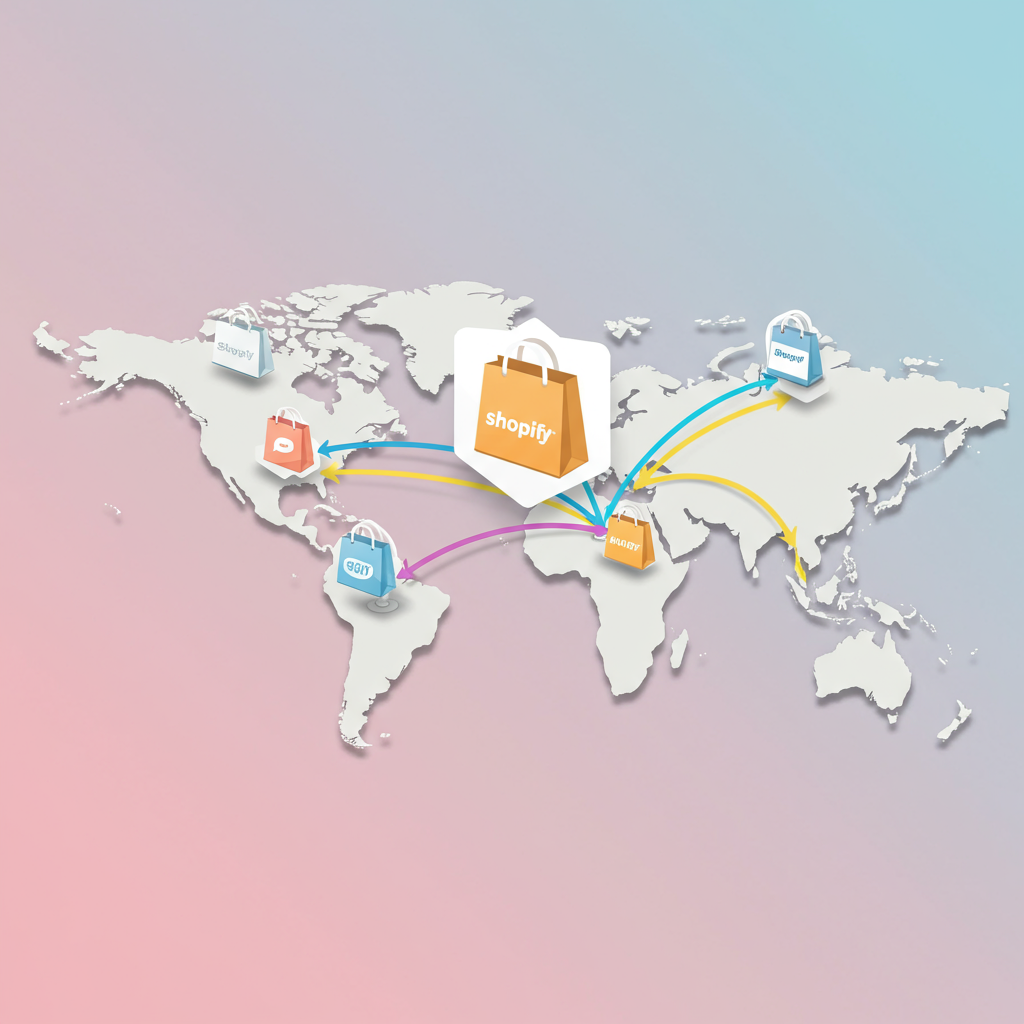Unlocking New Markets and Mastering Cross-Border Fulfillment for Your E-commerce Store
As a Shopify merchant, I know firsthand the excitement and challenges of growing an online business.
One of the most significant opportunities for expansion lies beyond our domestic borders: international orders.
Tapping into global markets can dramatically increase your customer base and revenue.
However, the thought of shipping internationally often brings a wave of questions and concerns.
Customs, duties, varying shipping costs, and complex logistics can seem daunting.
But I’m here to tell you that with a well-thought-out strategy, it’s entirely manageable and incredibly rewarding.
In this article, I want to share my comprehensive approach to building a robust Shopify shipping strategy for international orders.
My goal is to demystify the process and equip you with the knowledge to confidently ship worldwide.
First, let’s talk about the foundational step: thorough research and planning.
I always begin by identifying my target markets. Where are my potential international customers located?
Tools like Google Analytics can provide insights into where your website traffic is coming from globally.
Understanding the demand in specific countries helps me prioritize my efforts.
Next, I delve into the legalities and import regulations of those target countries.
Each nation has its own set of rules regarding what can be imported, and what documentation is required.
This includes product restrictions, labeling requirements, and specific customs declarations.
Ignoring these can lead to costly delays, fines, or even product seizure.
Once I have a clear picture of my markets, I focus on choosing the right shipping carriers.
Major players like DHL, FedEx, UPS, and USPS (for outbound from the US) are usually my go-to options.
Each carrier has its strengths and weaknesses in terms of speed, cost, and reliability for different regions.
For instance, DHL is often excellent for express international shipping, while USPS can be more economical for lighter, less urgent parcels.
I also consider hybrid solutions, where a domestic carrier handles the first leg, and a local postal service takes over internationally.
This can sometimes offer a good balance of cost and service.
Now, let’s address shipping rates – a critical component of your strategy.
I’ve found that offering a variety of shipping options is key to customer satisfaction.
You might consider flat-rate shipping for certain regions or product types.
Alternatively, calculated rates, pulled directly from your chosen carriers via Shopify, provide accuracy.
Free international shipping can be a powerful incentive, but I always ensure it’s built into my product pricing to avoid losses.
Transparency about shipping costs upfront is paramount to building trust with international customers.
This leads us to the often-confusing world of customs, duties, and taxes.
This is where many merchants stumble, but it doesn’t have to be complicated if you understand the basics.
The primary distinction is between Delivered Duty Paid (DDP) and Delivered Duty Unpaid (DDU).
With DDU, the customer is responsible for paying duties and taxes upon delivery. This can lead to unexpected costs for them.
With DDP, you, the merchant, collect these fees at the time of purchase and pay them on behalf of the customer.
I generally prefer DDP where feasible, as it provides a smoother, more transparent experience for the customer.
It eliminates surprise charges and reduces the likelihood of refused deliveries.
To calculate these, you’ll need to use Harmonized System (HS) codes for your products.
These universal codes classify products and determine the applicable duties and taxes in different countries.
Shopify apps and third-party services can help automate the calculation and collection of these fees.
Proper packaging and labeling are also non-negotiable for international shipments.
I always ensure my products are securely packed to withstand the rigors of longer transit times.
Clear, accurate shipping labels are essential, including the recipient’s full address, contact information, and the HS codes.
Customs declarations must be filled out precisely, detailing the contents and value of the package.
Any discrepancies can cause significant delays at customs.
What do you think about this detailed approach to international shipping? I’d love to hear your thoughts.
Beyond the physical shipment, effective tracking and communication are vital.
I provide my customers with tracking numbers as soon as their order ships.
Proactive communication about potential delays or customs issues can turn a potentially negative experience into a positive one.
Setting clear expectations about delivery times is also crucial.
Finally, let’s talk about international returns and refunds.
This is an area often overlooked, but a clear, fair return policy builds immense customer confidence.
I outline my policy clearly on my Shopify store, specifying who pays for return shipping and how refunds are processed.
Sometimes, it might be more cost-effective to offer a partial refund or allow the customer to keep the item rather than pay for return shipping.
Shopify itself offers numerous features and apps to streamline this entire process.
From integrated shipping labels to apps that handle duty and tax calculations, the Shopify ecosystem is incredibly supportive.
I leverage these tools to automate as much of the process as possible, freeing up my time.
Consider apps that help with currency conversion, localized storefronts, and even international customer service.
In conclusion, expanding your Shopify store to international markets is a journey worth taking.
It requires careful planning, attention to detail, and a willingness to adapt.
But the rewards – a larger customer base, increased sales, and a truly global brand – are immense.
By implementing these strategies, I’m confident you can navigate the complexities of international shipping with ease.
Embrace the global opportunity, and watch your Shopify business thrive across borders.






